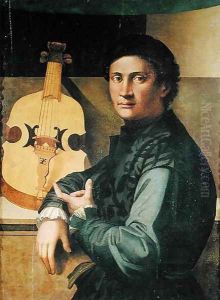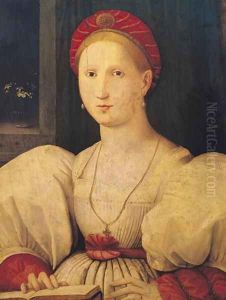Paolo Zacchia Paintings
Paolo Zacchia, born in 1584 in Rome, Italy, was a pivotal figure in the early development of forensic medicine and psychiatric theory during the Renaissance and early Baroque periods. Although not an artist in the conventional sense of painters or sculptors of his time, Zacchia's contributions to the medical field had an enduring impact on the arts, particularly in the way human conditions, behaviors, and the mind were understood and depicted. His work primarily bridged the gap between law, medicine, and what would much later be recognized as psychology, thereby influencing a wide array of disciplines, including the visual arts.
Zacchia served as the chief physician to Pope Innocent X and was a seminal figure in the Papal Medical Service. Throughout his career, he published extensively on legal and medical issues, but his most significant contribution was the 'Quaestiones Medico-Legales' (Medical-Legal Questions), published in nine volumes between 1621 and 1651. This extensive work laid the groundwork for forensic pathology and psychiatry, focusing on topics such as mental illness, which he referred to as 'insanity,' and its implications for legal responsibility, the assessment of injuries and death, and the determination of causes of death, including poisoning and other forms of violence.
Zacchia's inquiries into the human psyche and body, and particularly his nuanced understanding of mental health conditions, indirectly influenced the portrayal of human subjects in art. His work offered artists a deeper insight into the complexities of human behavior and physicality, contributing to more nuanced and psychologically rich depictions of figures in painting and sculpture. Moreover, his emphasis on observation and empirical evidence in diagnosing illnesses can be seen as paralleling the increasing valorization of direct observation and realism in the visual arts.
Despite his primarily medical and legal legacy, Paolo Zacchia's influence permeated various fields, reflecting the interconnected nature of science, medicine, and art during the Renaissance and Baroque periods. His death in 1659 marked the end of a remarkable career that not only advanced the field of forensic medicine but also contributed to a broader understanding of the human condition, an exploration that has always been at the heart of artistic endeavor.

